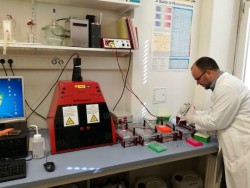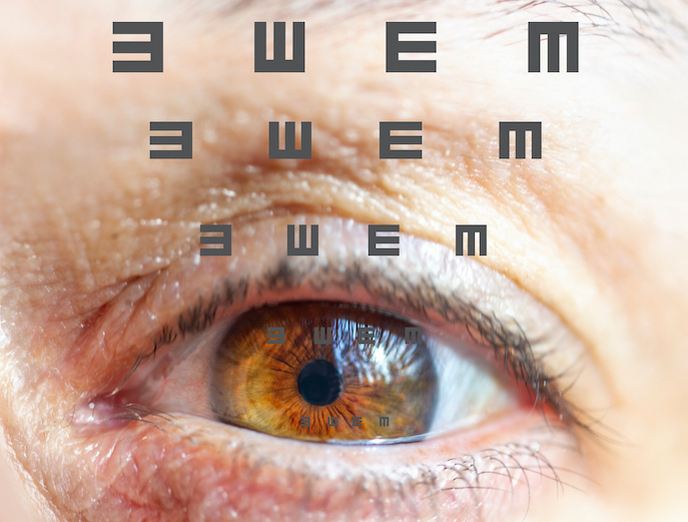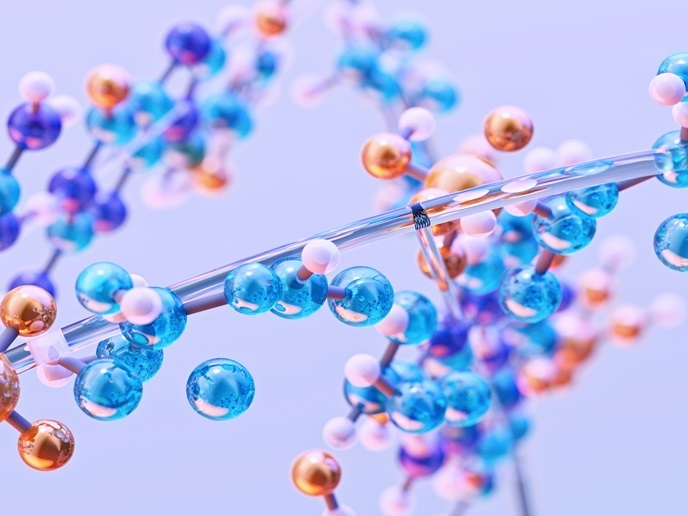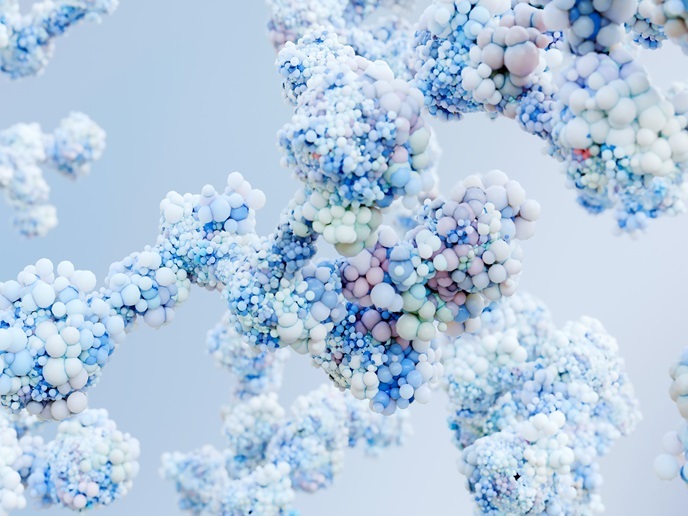How genome editing could help cure XLRP
One in every 10 to 15 000 European citizens are affected by XLRP within their first 10 years of life. This genetic disorder causes significant vision impairment and even sometimes complete blindness – and there is no cure. ‘In 80 % of XLRP cases, a mutation in the RPGR gene causes the absence of protein or the production of nonfunctional proteins, with both cases leading to an impaired transport of proteins into the outer segments of photoreceptors. This problem leads to the absence of function of the photoreceptors and their subsequent degeneration,’ Dr Stieger explains. XLRP needs to be treated on a genetic basis. Classic gene addition therapy – in which a correct copy of the cDNA of the gene is transferred into the photoreceptors in order to produce the functionally active protein – is currently under investigation in several clinical trials. However, the artificial control of transgene expression and the need to produce the protein over a very long time are major limitations inherent to this technique. Enter genome editing, which can correct the disease-causing mutation within the photoreceptors, thus recreating a normal genetic situation allowing for the production of as much protein as is needed for the rest of the patient’s lifetime. This is specifically the technique being investigated in Dr Stieger’s REGAIN (Retinal Gene Alteration in XLRP) project, which uses CRISPR-Cas for his new treatment approach. ‘In XLRP, a large number of patients have disease-causing mutations in one single exon of a gene, the RPGR-ORF15. Replacement of the entire exon with the correct sequence through homology-directed repair (HDR) could be an effective treatment approach for a large number of patients. It can be done by inducing one or more DNA double strand breaks (DSB) at the target site, which get repaired by the cells’ own repair machinery through one of several mechanisms. Choosing the right mechanism will lead to the repair being exactly how we want it to treat the disease.’ A long, rewarding path Normally, DSBs are repaired by an error prone repair pathway called non-homologous end-joining (NHEJ). The main challenge for Dr Stieger and his team is to prevent this repair pathway from activating at all cost. To this end, they will try to bias the repair machinery towards the HDR or microhomology mediated end-joining (MMEJ). ‘It is difficult, but it can be done by temporal manipulation of the repair machinery,’ he says. The second challenge is to perform this repair in vivo in the cells of the retina. Transferring all necessary components into photoreceptors is not easy, but crucial nonetheless. A few months away from the project’s ending, the team is still trying to find the best approach by using viral vectors or nanoparticles. ‘My initial expectation was that we would develop a new therapeutic strategy, and the initial data lives up to this expectation. We still have a very long and complex journey ahead of us, but I think it is worth the effort,’ Dr Stieger says. To date, the project’s most important finding certainly is the fact that DNA repair is cell type-specific within the retina, and most likely in all cell types of the body. Dr Stieger believes that this observation needs to be taken into account for every genome editing strategy, and should also be addressed in current plans to start clinical trials for certain forms of retinitis pigmentosa. Over the next few months, the team will focus on controlling the different repair mechanisms of the cell, as well as finding a way to efficiently promote DNA repair in photoreceptors in vivo.







